|
Have you ever felt stuck in a phase of life and wondered why you’re going through it? You’re not alone. But here’s something to remember: Every season has a purpose. Even the most difficult ones are not without meaning. They often arrive to teach us something our soul needs to grow. Sometimes it’s one big lesson. Sometimes it’s many, unfolding slowly over time. If you ask “What’s wrong with me?” you’ll only find frustration. But if you ask “Why am I going through this season, and what am I meant to learn?”—you begin to shift from confusion to clarity. The secret is to focus on the lesson, not the event. Shift your attention away from the external circumstances and look inward. What patterns are repeating? What emotions are surfacing? What beliefs are being challenged? Awareness Is the Key The lessons of life are always present—but our awareness isn’t always developed enough to see them. That’s why cultivating awareness is essential. When you raise your level of awareness, you begin to recognize the subtle opportunities for growth that were always there. As the saying goes, “When the student is ready, the teacher appears. When the student is truly ready, the teacher disappears.” It’s not about the presence of the teacher—it’s about the readiness and awareness of the student. Once the student begins to see clearly, everything becomes a teacher—even themselves. Why Awareness Calms the Storm When you focus on uncovering the lessons, you naturally feel calmer. You’re no longer fighting your season—you’re learning from it. Emotions no longer run the show. And that’s when something beautiful happens: your prefrontal cortex activates. This is the part of your brain responsible for decision-making, planning, and reasoning. Instead of reacting impulsively, you start to make grounded, intentional choices. This doesn’t mean you shut off your intuition. In fact, the opposite is true. When you’re not clouded by emotional noise, you can actually feel your intuition more clearly. It no longer has to shout over your inner chaos to be heard. Trust Your Season So next time you’re in a tough season, pause. Don’t fight it—feel into it. Learn from it. The purpose will reveal itself… as it always does. You’re not stuck. You’re becoming. You’re not lost. You’re being guided. Everything in your life—especially the difficult seasons—is part of your awakening. If this message resonates with you, share it with someone who might need it right now. And if you’re currently in a tough season, take a breath, and remember: the lesson is not in the storm—it’s in how you move through it.
0 Comments
I personally believe that life purpose is something we remember from a spiritual perspective rather than something we create. Of course, this depends on a person’s beliefs, and their viewpoint may differ. For me, I remembered my purpose when I discovered my passion—helping and motivating others to reach their full potential. I believe my purpose was already determined before I was born, but it remained dormant or was gradually unfolding as I matured. When the time was right, I became aware of it, understood it, and eventually began embodying it. This process has been gradual, but now my purpose is very clear to me: to learn, to experience, and to serve others. I believe there was a reason for me to come back to Earth, meaning my purpose was already determined before birth. Once my soul defined this purpose, it had to manifest it into reality—into a physical form—so I was born with this purpose written inside me. But here’s the key: It’s not that you are looking for your purpose. Your purpose has always been guiding you. We often think of purpose as something we must actively seek, as if it’s hidden somewhere outside of us. But in reality, our purpose is always present, subtly directing us through our experiences, passions, and even challenges. The process of life itself is designed to help us remember and align with it. An Analogy: The Meeting of Forgotten Purpose Imagine we all have a condition—not Alzheimer’s, but a type of forgetfulness where we remember bits and pieces, just not everything clearly. We find ourselves in a meeting but don’t remember why we’re there. The entire time, we’re trying to recall the purpose of the meeting and our role in it. We try different things to spark our memory, hoping to find something that feels right, but nothing fully clicks. Since our memory is unreliable, we rely on feelings and intuition. Deep down, we sense we’re in the right place—we planned to be here—but we’re not truly fulfilling our purpose because we don’t fully remember what we came to do. Others in the meeting are in the same situation. Some might remember more than others. Together, we start piecing together clues, helping each other recover fragments of our memory. As more people remember, the purpose of the meeting becomes clearer, and soon, things start moving in the right direction. The key to feeling at peace isn’t just remembering the purpose—it’s fulfilling it. Once we recall why we’re here, the anxiety and frustration fade, giving us clarity. Instead of spending all our time just trying to remember, we can focus on doing what we came here to do—contributing, making a difference, and even helping others remember their purpose too. For Spiritual and Non-Spiritual Perspectives For those on a spiritual path, the journey of purpose looks like this: Higher purpose → Manifested → Living and remembering our higher purpose → Fulfilling our purpose. For those who do not hold spiritual beliefs, purpose can still be deeply meaningful: Nothing → Something → Lost/Confused → Finding a purpose → Fulfillment. Even without believing in a higher purpose, one can still enter “the meeting” with a reason—to learn, to contribute, and to experience life. There’s nothing wrong with not believing in spiritual destiny. The key is long-lasting fulfillment, rather than chasing fleeting goals. Why Does Purpose Seem to Change? Why is it that sometimes we feel certain about pursuing something, only to realize later that it no longer feels right? Because your goal was never meant to last forever. It may have even been aligned with your larger purpose, but only as a fraction of what you were meant to accomplish. The universe guides you into doing something, then out of it, so you can continue fulfilling your greater purpose. Mind vs. Soul: The Illusion of Purpose Purpose exists for the mind at the human level—it needs direction to continue its journey. But the soul is already living its purpose, patiently progressing according to a greater plan. The struggle comes because the mind, limited by ego and human perception, cannot fully comprehend the soul’s deeper purpose. In many cases, the mind’s pursuit of purpose originates from the ego. The ego seeks identity, validation, and significance. It wants to feel special, to achieve something, to leave a mark. This is why people sometimes chase goals that later feel empty—because they were ego-driven rather than soul-aligned. But when the mind finally recognizes the soul’s true purpose, the two align, and purpose is naturally fulfilled. In other words, the moment you realize your true purpose, you are already living it. Whether you feel like you’ve accomplished or fulfilled your purpose is simply the mind trying to measure and understand something that was always in motion. A Lesson from 50 First Dates In 50 First Dates, Adam Sandler’s character, Henry, can be seen as a representation of God/Spirit Guide or an awakened friend trying to help someone (Lucy) recover her memory—just like how an awakened soul helps those who are still “asleep” remember their true purpose. Henry knows that Lucy will likely forget everything by the next morning, yet he has no expectations or frustration. Instead, he patiently works with her, bringing joy into her life each day. He meets her where she is, without force or pressure. Lucy, despite her memory loss, still experiences happiness in her day-to-day life. And Henry, through his unwavering commitment, lives with a sense of purpose every day. This mirrors the journey of awakening—some people forget who they are and why they’re here, but those who remember can gently guide them, not by forcing remembrance, but by being present, patient, and leading with love. In the end, whether one remembers or not, the key is to live with joy and purpose in each moment. “The world exists because of you, not the other way around.” - FeelaSoulphy The smoke rises, weightless, free, A silent dancer upon the breeze. Unrushed, unbound, it twists and sways, A fleeting form, yet never fades. I watch—no, I feel—its flow, The same force moves through me, I know. No difference, no divide, no line, Just energy shifting, shape divine. The smoke sees me as I see it, No boundary drawn, no moment split. The watcher and the watched are one, A dance of light, a song unsung. And when the incense burns to ash, Its body fades, but not its path. It rises, merges with the air, Returning home, still everywhere. So too, we live, so too, we burn, A flicker bright, then we return. Not lost, not gone—just something new, The source awaits, the source is you. Imagine watching incense burn. The solid stick gradually turns to ash, releasing a delicate stream of smoke that twists and turns, rising, dispersing, and finally fading into the air. It’s a quiet, mesmerizing process—one that mirrors our own existence more than we realize.
In that moment, as you watch the smoke drift, there is an unspoken truth: you are observing it, and it is observing you. Not with eyes, but with presence. This is the essence of consciousness—awareness experiencing itself in infinite forms. The Observer and the Observed One of the most profound realizations in both spirituality and quantum physics is that observation changes reality. In quantum mechanics, the Observer Effect suggests that particles behave differently when they are being watched. This means that consciousness itself plays a role in shaping reality. Now, consider this: if you, as consciousness, are observing the smoke, and the smoke is also an expression of the same universal energy, then what separates you from it? In truth, nothing. The same energy flows through both of you, just expressed in different forms simultaneously. The incense burns, transforms, and eventually disappears—but its essence doesn’t vanish. It simply returns to its source, just as we do. Energy Never Dies—It Transforms Science tells us that energy cannot be created or destroyed; it only changes form. This is known as the First Law of Thermodynamics. The smoke that rises from the incense does not cease to exist—it merges back into the air, becoming part of something greater. Now, apply this to yourself. Our bodies, like the incense stick, burn through time. Eventually, the form dissolves, but the energy—the consciousness that we are—does not disappear. It returns to the source, to the infinite field of existence, only to take on new forms again. This understanding changes how we see life and death. Instead of fearing the end, we recognize it as a transformation, not a disappearance. How This Awareness Can Change Our Daily Lives 1. It Shifts Our Perspective on Death – Just as smoke is never truly lost, neither are we. Death is not the end, but a return. This brings peace in moments of loss. 2. It Deepens Our Presence – When we see that everything is a fleeting expression of the same energy, we cherish the present moment more. We become less attached to form and more connected to the essence of life. 3. It Reminds Us of Our Interconnectedness – If the same energy flows through everything, then separation is an illusion. The tree, the wind, the people around us—all are different expressions of the same universal presence. 4. It Encourages Flow and Acceptance – Smoke moves freely, adapting to whatever space it enters. When we adopt this fluidity in life, we resist less, suffer less, and align ourselves with the natural rhythm of existence. Conclusion The incense burns out, but the smoke does not die. It returns to its source, waiting to take shape again. And so do we. By recognizing that we are both the observer and the observed, we awaken to a deeper truth: consciousness is infinite, ever-changing, and always present. Life is not about clinging to form, but about embracing the beauty of transformation. Next time you watch smoke rise, pause for a moment. Feel its movement. See its freedom. And in it, recognize yourself. “Until you make the unconscious conscious, it will direct your life and you will call it fate.” — Carl Jung "Pain is certain, suffering is optional." - The Buddha “What you are aware of, you are in control of; what you are not aware of is in control of you.” — Anthony De Mello Most people go through life unaware that they are suffering. They accept their struggles, frustrations, and negative emotions as “normal,” believing they are just part of life. But what if I told you suffering isn’t your natural state? What if you could break free, not by avoiding pain but by understanding it? Suffering is a state. Whether it’s a state of mind or being, it’s not permanent. Like any state, it can be changed—but only if you become aware of it first. The truth is, what we are aware of, we can control. What we are not aware of controls us. And for many of us, suffering has silently taken control, shaping our thoughts, actions, and relationships without our knowing it. Common Forms of Hidden Suffering Suffering isn’t always obvious. Sometimes it manifests as anger, jealousy, or self-doubt. Other times, it hides behind habits, expectations, or feelings of inadequacy. Here are some examples of hidden suffering: • Feeling uneasy when others succeed (comparison) • Holding grudges or clinging to the past (attachment) • Constantly worrying about the future (fear) • Struggling with self-worth (insecurity or failure) • Numbing yourself with distractions like alcohol, drugs, or excessive fun (escape) Even subtle feelings, like frustration when stuck in traffic or envy when a friend gets a new car, can point to deeper unresolved suffering. Why Awareness Matters The first step to overcoming suffering is awareness. When you recognize that you are suffering, you naturally start seeking understanding and solutions. In today’s world, there is no shortage of information or resources to help—what’s missing is awareness. Awareness allows you to pause and reflect before reacting. It gives you the power to ask yourself, “Why am I feeling this way? What’s really behind this emotion?” With awareness, you take back control from the invisible forces shaping your life. The Ripple Effect of Suffering Your suffering doesn’t just affect you—it impacts everyone around you. A single moment of anger, fear, or jealousy can ripple out and influence others in ways you may not even realize. When you heal yourself, you also heal the world around you. Imagine how different history might have been if individuals like Hitler had encountered compassion or healing in their formative years. Every action we take, every word we speak, has the potential to either spread suffering or alleviate it. This isn’t about guilt—it’s about responsibility. Once you’re aware of your suffering, you have the opportunity to act consciously and make better choices for yourself and others. Suffering Is a Teacher Suffering is not inherently bad. It becomes destructive only when it is prolonged and unaddressed. From a spiritual perspective, suffering can teach us life’s most valuable lessons—if we are willing to learn. It’s not the pain itself that holds the lesson but how we respond to it. Do we numb it with distractions, or do we face it and seek to understand it? The sooner you acknowledge and learn from your suffering, the sooner you can free yourself from it. A Path Toward Peace Suffering is not your destiny. It’s a state, not a life sentence. The first step toward freedom is awareness. Start noticing your (FEARtw) feelings, emotions, actions, reactions, thoughts, and words. Observe how they influence your decisions and relationships. When you are aware of your suffering, you are already on the path to understanding and healing. You are no longer a slave to unconscious patterns—you are free to create a better life for yourself and those around you. The choice is yours: continue living in a state of suffering, or awaken to the possibility of peace, joy, and love. Awareness is the key that unlocks the door. Remember: Awareness is the beginning of transformation. In our fast-paced world, boredom is often seen as an enemy. A void we rush to fill with any form of distraction, afraid of the silence and stillness it brings. But what if I told you that within this void lies a treasure? A profound opportunity for growth, creativity, and self-discovery? Boredom isn't the issue; our response to it is. When we encounter moments of emptiness, our instinct is to seek immediate stimulation. Yet, it is in these moments, if we dare to embrace them, that our minds can truly wander and explore the depths of our inner selves. This exploration can lead to unexpected insights and breakthroughs, akin to finding gold in a mine thought to be empty. This concept isn't new. It's echoed in ancient wisdom traditions such as Taoism and Zen Buddhism, where the value of stillness and non-action ("wu wei") is a path to enlightenment. Here, the emptiness is not a void but a space brimming with potential. It's an opportunity for the natural, effortless action that arises from being in harmony with the universe. Modern psychology supports this ancient wisdom. Research shows that boredom can foster creativity and problem-solving. When not focused on specific tasks, our minds can make unique connections, leading to epiphanies. This is attributed to the brain's default mode network, which springs to life when we're at rest. It's in these moments of unstructured thought that our most profound insights can surface. Yet, embracing this emptiness requires overcoming our discomfort with inactivity. Our society often equates value with productivity, viewing any moment of stillness as wasted time. This perspective robs us of the profound growth and discovery that lies in what we too quickly dismiss as boredom. I invite you to see these moments of stillness not as voids to be hastily filled, but as sacred spaces for introspection and growth. By welcoming the silence, we open ourselves to the universe's wisdom and our own untapped potential. The next time you find yourself feeling bored, remember: within that 'void' may lie the breakthrough you've been seeking. Embrace the stillness. Explore the emptiness. Discover the treasure within. A typical human has 60,000 to 80,000 thoughts a day. If we take an average of 70,000 thoughts per day, that would amount to approximately 25,550,000 thoughts in a year. Assuming an average lifespan of around 80 years, the estimated number of thoughts over a lifetime would be roughly 2,044,000,000 or 2 billion. The bad news: some studies suggest that a significant portion of our thoughts can lean toward the negative side. Imagine if even 10% of the thoughts we have are negative; that's 7,000 thoughts a day or 7,000 chances to ruin our day! Negative thoughts can have a stronger emotional impact compared to positive ones. Negative emotions, such as fear, stress, or sadness, often trigger more intense physiological and psychological responses. This can influence our overall well-being, stress levels, and even physical health. Have you ever pondered why we tend to recall traumatic experiences more vividly than positive ones? Emotions serve as a potent tool in conditioning our subconscious mind. Stronger emotional associations with events or people enhance our memory, leading to the formation of triggers that cause unconscious reactions to specific stimuli. The good news: no matter how many negative thoughts you might have, a significant portion, if not the majority, could potentially be neutral or positive. In simpler terms, while 7,000 may seem substantial, 63,000 is an even greater number! This abundance of opportunities increases the likelihood of having a better day. That's likely why most people experience days ranging from okay to great—there's not just hope but a tremendous amount of it for all of us! Consequently, cultivating a positive mindset can be beneficial for mental and emotional health. The quality of our life depends on the quality of our thoughts. - Feelasoulphy We aren't meant to single-handedly transform someone entirely, much like how we can't claim sole credit for growing a tree. Whether we're the seeder, soil, water, sun, insects, or birds, each plays a crucial role in the tree's growth. Attempting to take full responsibility for the entire process is egotistical; it's more effective to focus on our part, letting others contribute to the rest of the journey. Just as too much water or sun can harm a tree, recognizing our limits and embracing a collaborative approach is key to meaningful progress. - Feelasoulphy In a world where more than 99.99% remains imperceptible to our eyes, many of us devote nearly 100% of our lives to the tangible, accounting for less than 0.001% of what truly holds significance. The disparity raises a poignant question: How much of life's profound essence eludes our attention? The arithmetic of this contemplation is deceptively simple yet yields a profound perspective on the vast unseen realms we may be overlooking. - Feelasoulphy Here’s a thought for those who believe that things happen for a (good) reason. If things do indeed happen for a reason, then the right thoughts will arise in the mind, the right actions will be taken at the right time, and the right people will show up to receive our deeds, creating a perfect butterfly effect. Consequently, what’s there to worry about after all? Would there be any wrong thoughts, wrong timing, wrong people, wrong actions, or wrong results? Shouldn’t our minds be at ease by knowing this fact? Should we think in terms of right or wrong, or simply accept what is? - Feelasoulphy A lucid dream occurs when a dreamer, becoming hyper-aware, recognizes the dream state and gains control within the dream. But what if the reality we perceive in waking life is itself a dream? Individuals like the Buddha, awakened in our world, grasp this concept. They navigate through the illusions crafted by the mind's matrix, unveiling layers of reality and seizing control of their own lives—a profound, multidimensional perception. - Feelasoulphy |
AuthorFeelasoulphy Categories
All
Archives
December 2024
|
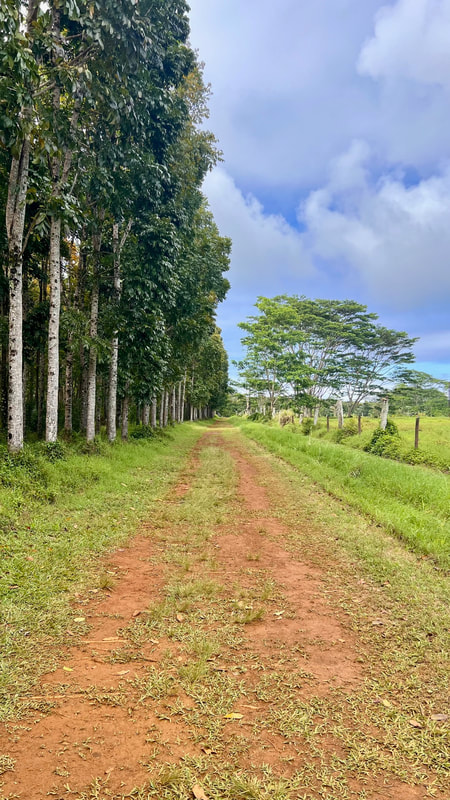

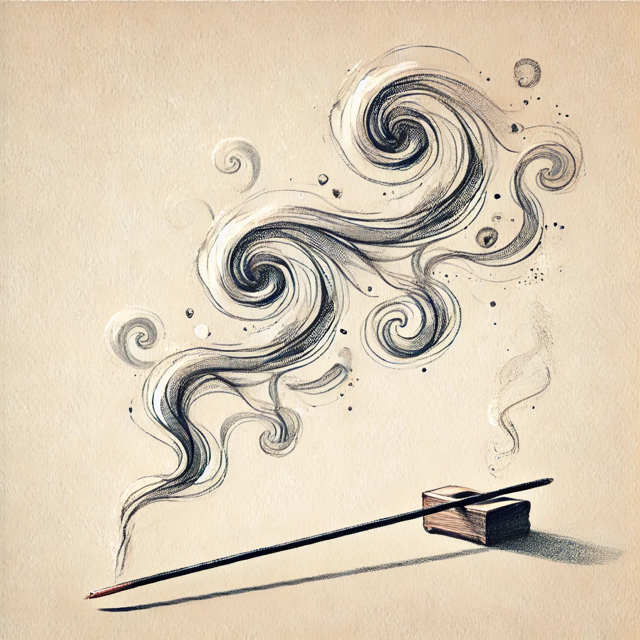
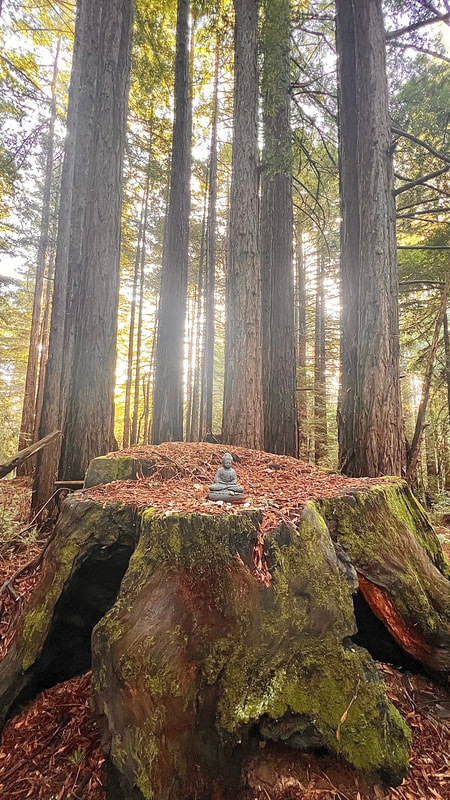


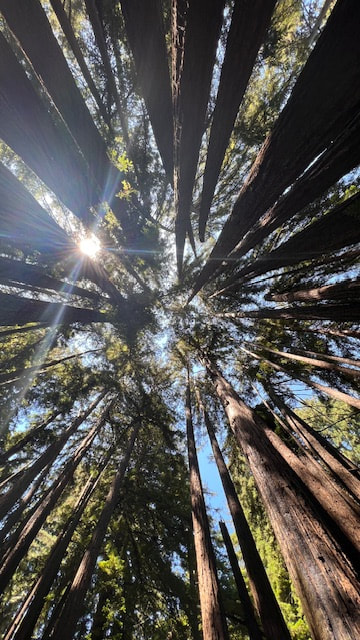


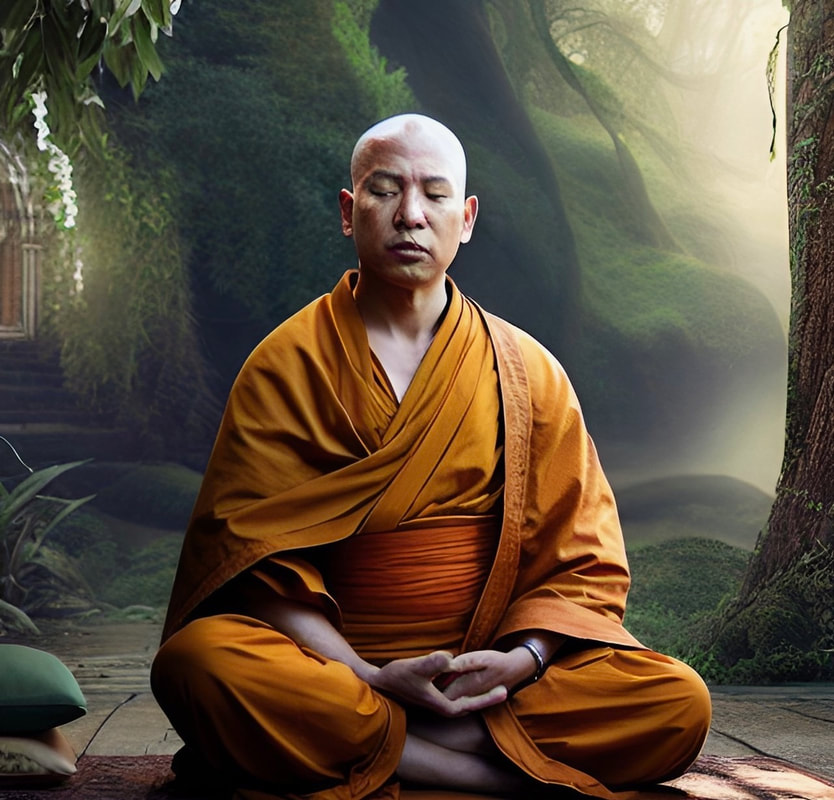
 RSS Feed
RSS Feed